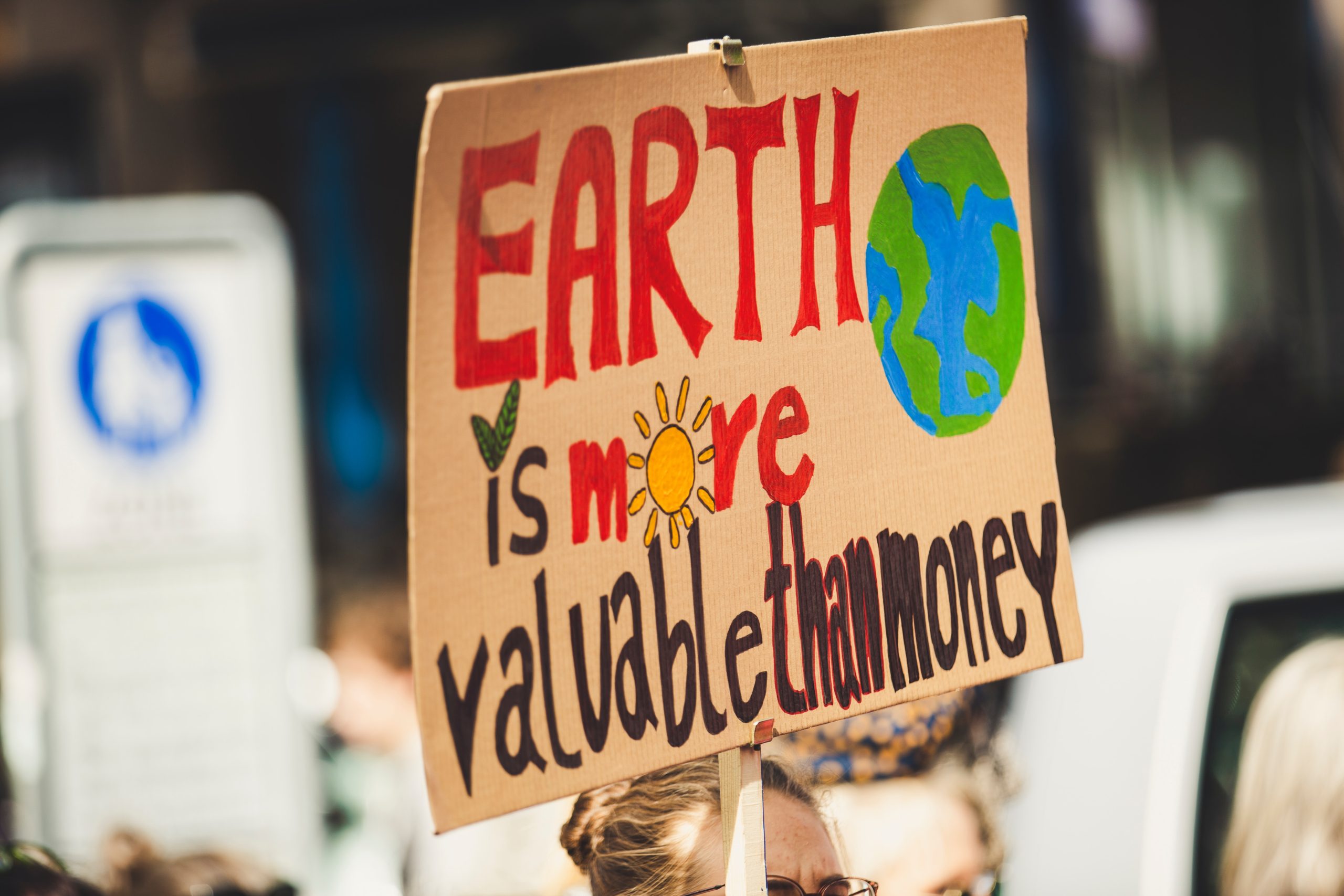Subtitle: A Comprehensive Look at the Government’s Commitment to Conservation
Date: May 18, 2023
Byline: [Your Name], Staff Writer
Introduction:
In an era marked by growing environmental concerns, the role of government in preserving public lands has become more critical than ever. Public lands, encompassing national parks, wildlife refuges, and other protected areas, serve as vital ecosystems and offer countless recreational opportunities for citizens. However, behind the serene landscapes lies a complex web of policies, regulations, and dedicated individuals who act as the guardians of nature. In this article, we will explore the significant role the government plays in preserving and protecting our invaluable public lands.
- The Foundation: National Parks and Wilderness Areas
The United States has long been a pioneer in establishing national parks and wilderness areas. The inception of Yellowstone National Park in 1872 marked the beginning of a movement that aimed to protect and preserve natural wonders for future generations. Today, the National Park Service (NPS) oversees a diverse range of protected areas, from the iconic Grand Canyon to the majestic Great Smoky Mountains. These designated lands serve as ecological sanctuaries, ensuring the conservation of wildlife and the preservation of pristine ecosystems.
- Legislative Safeguards: The Antiquities Act and Beyond
The Antiquities Act of 1906 empowers the president to designate national monuments, protecting areas of significant historical, cultural, or scientific value. This legislation has been instrumental in safeguarding public lands for over a century. From the towering redwoods of California’s Muir Woods to the ancient cliff dwellings of Mesa Verde in Colorado, national monuments serve as living testaments to our shared heritage.
- Agency Stewards: The Department of the Interior and the U.S. Forest Service
Within the government, agencies like the Department of the Interior and the U.S. Forest Service shoulder the responsibility of managing and preserving public lands. The Department of the Interior oversees the NPS, the Bureau of Land Management (BLM), and the U.S. Fish and Wildlife Service (USFWS), while the U.S. Forest Service manages the vast national forests and grasslands. These agencies work tirelessly to strike a delicate balance between conservation and responsible resource utilization, ensuring that the economic benefits of public lands do not come at the expense of environmental degradation.
- Local Engagement: Community-Based Conservation Efforts
Preserving public lands requires collaboration at all levels of society. Community-based conservation initiatives have gained traction in recent years, with local organizations, volunteers, and concerned citizens actively participating in the stewardship of public lands. These grassroots efforts not only strengthen the bond between communities and their natural surroundings but also alleviate the burden on government agencies by supplementing their conservation work.
- Future Challenges: Climate Change and Sustainable Practices
As the specter of climate change looms over our planet, the preservation of public lands faces unprecedented challenges. Rising temperatures, extreme weather events, and habitat loss threaten delicate ecosystems and the species that depend on them. The government must confront these challenges head-on by adopting sustainable practices, investing in renewable energy, and bolstering climate resilience in public lands.
Conclusion:
The guardians of nature extend far beyond individual park rangers or government officials. They encompass a vast network of committed individuals, agencies, and community partners who strive to preserve our natural heritage. The government’s role in preserving public lands is crucial, as it lays the foundation for conservation efforts, enacts legislative safeguards, and fosters community engagement. However, the task of protecting these invaluable spaces requires the collective responsibility and vigilance of every citizen. By recognizing and appreciating the government’s vital role in preserving public lands, we can ensure that future generations inherit a




